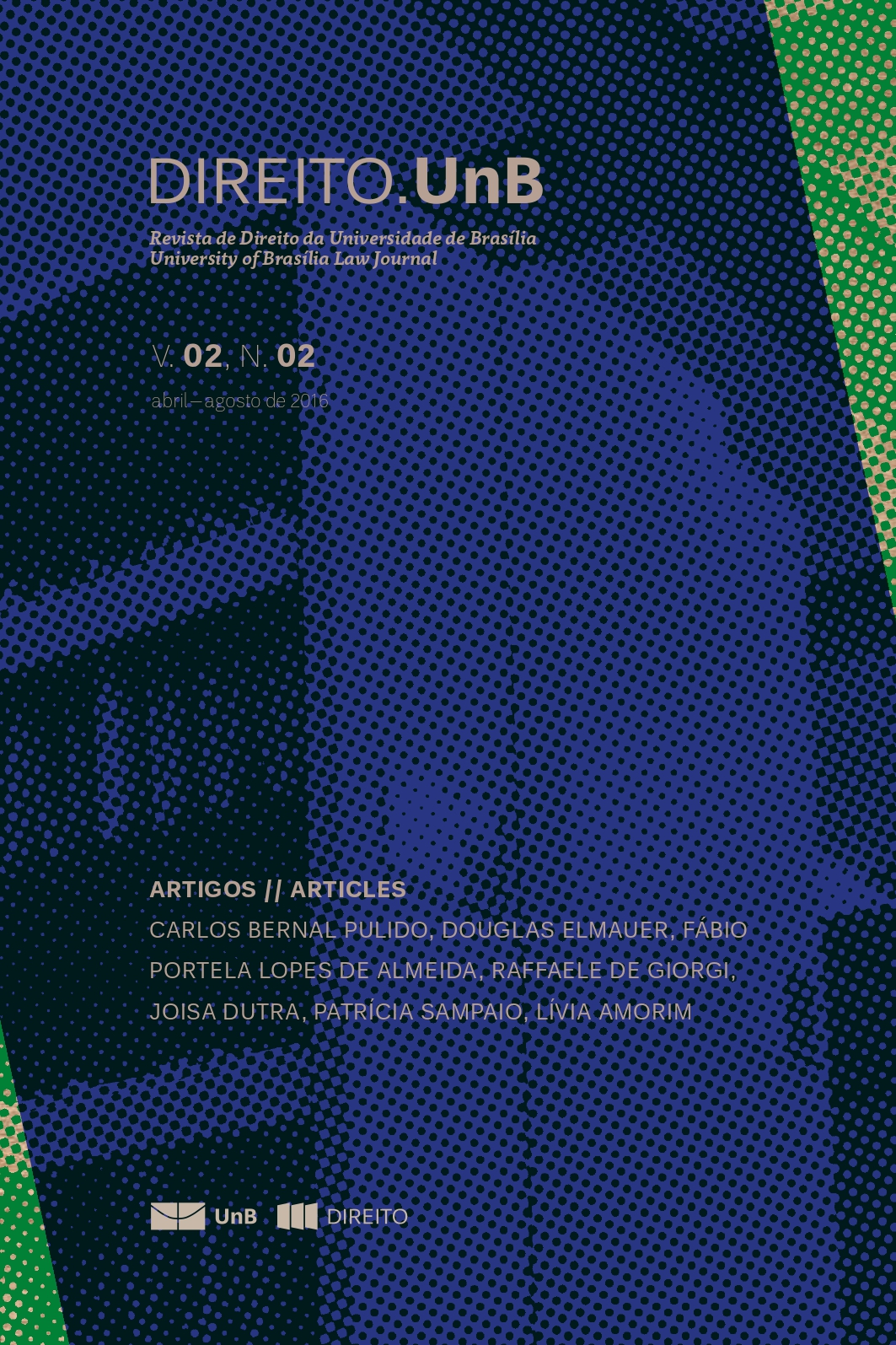Public lightning's regulatory aspects and challenges: recent controversies and developments
Keywords:
Public Lightning, ANEEL, Regulatory Law, Public PoliciesAbstract
Public lighting's relevance to society appears in many different dimensions, it brings significant gains for public safety, urban traffic planning and the improvement of public spaces' nightly use. However, the adequate provision of this service represents a historical challenge to policy and regulatory-makers both by the high demanded power consumption and the continuous need for facilities’ maintenance and improvement, which counts for significant municipalities costs, in many cases representing their second largest expense. Municipalities have to deal with a new reality, to directly manage public lighting assets or contract such management with third parties, which will represent an additional cost to local budgets. This is happening due to ANEEL's determination that public lighting assets that may be found in the local distribution company's (Distributor) asset base were fully transferred to the municipality holder of the service until December 31st, 2014. Municipalities have adopted different arrangements to manage the transferred assets to face this new reality. The adoption of three possibilities were especially observed: direct management by the government or its hiring through public bidding for the maintenance service contracting, the adoption of Public Private Partnerships (PPP) or the reunion of municipalities by means of Public Consortiums. This paper aims to inquiry the functioning of each of the alternatives adopted by municipalities. Moreover, it shows that, regardless of the model adopted, the challenges encountered have been diverse. Although the Constitution rules that charges can be used to "public lighting services’ funding", the federal legislation does not provide which rubric could be covered or not with resources from the Contribution to Funding Public Lighting Service (COSIP - Contribuição para Custeio do Serviço de Iluminação Pública). Beyond the financial barrier, municipalities are faced with the lack of expertise on the subject and the lack of preparation to deal with the public lighting service, with all its complexity.
Downloads

Downloads
Published
How to Cite
Issue
Section
License
Copyright (c) 2016 Direito.UnB - Law Journal of the University of Brasília

This work is licensed under a Creative Commons Attribution-NonCommercial-NoDerivatives 4.0 International License.
Autores que publicam na Revista Direito.UnB concordam com os seguintes termos:
- Autores mantêm os direitos autorais e concedem à revista o direito de primeira publicação, com o trabalho simultaneamente licenciado sob a Licença Creative Commons - Atribuição-NãoComercial-SemDerivações 4.0 Internacional que permite o compartilhamento do trabalho com reconhecimento da autoria e publicação inicial nesta revista.
- Autores têm autorização para assumir contratos adicionais separadamente, para distribuição não-exclusiva da versão do trabalho publicada na Revista Direito.UnB (ex.: publicar em repositório institucional ou como capítulo de livro), com reconhecimento de autoria e publicação inicial nesta revista.
- Autores têm permissão e são incentivados a publicar e distribuir seu trabalho online (ex.: em repositórios institucionais ou em suas páginas pessoais) a qualquer momento após à definição do processo editorial.
- Autores concordam que, eventualmente, seus trabalhos poderão ser agregados pela Revista Direito.UnB às bases e sistemas de informação científica existentes (indexadores e bancos de dados atuais) ou que existam no futuro (indexadores e bancos de dados futuros). Os detentores dessas bases de dados terão a possibilidade de realizar as seguintes ações sobre o artigo:
- Reproduzir, transmitir e distribuir o artigo, no todo ou em parte sob qualquer forma ou meio de transmissão eletrônica existente ou desenvolvida no futuro, incluindo a transmissão eletrônica para fins de pesquisa, visualização e impressão;
- Reproduzir e distribuir, no todo ou em parte, o artigo na impressão;
- Capacidade de traduzir certas partes do artigo;
- Extrair figuras, tabelas, ilustrações e outros objetos gráficos e capturar metadados, legendas e artigo relacionado para fins de pesquisa, visualização e impressão;
- Transmissão, distribuição e reprodução por agentes ou autorizada pelos proprietários de distribuidoras de bases de dados;
- A preparação de citações bibliográficas, sumários e índices e referências de captura relacionados de partes selecionadas do artigo;
- Digitalizar e/ou armazenar imagens e texto de artigo eletrônico.





